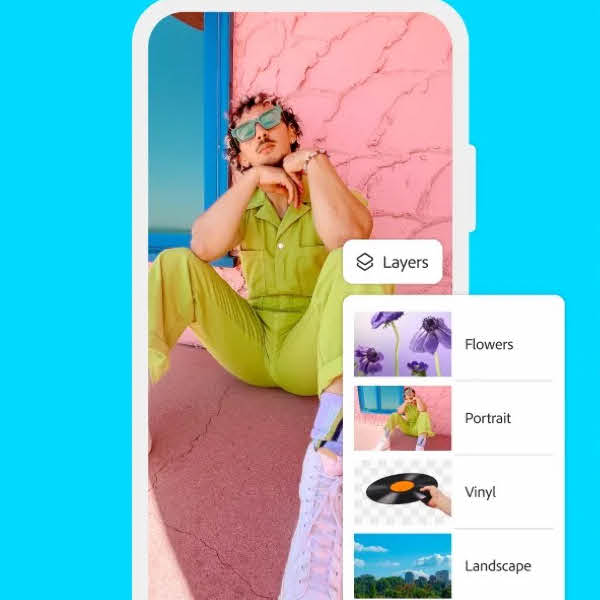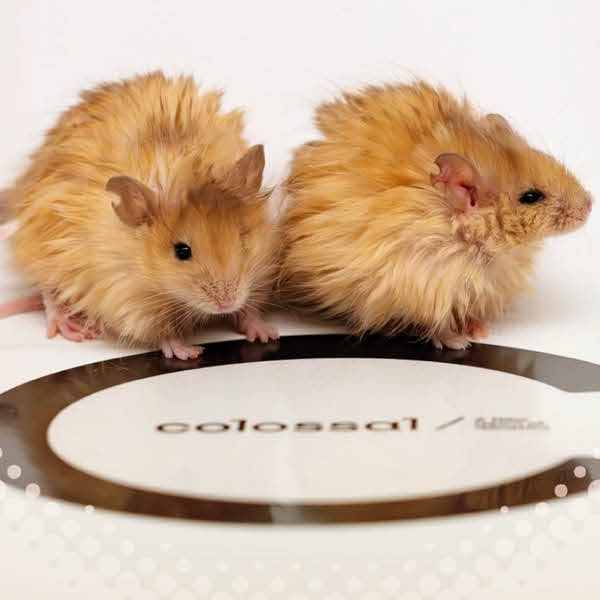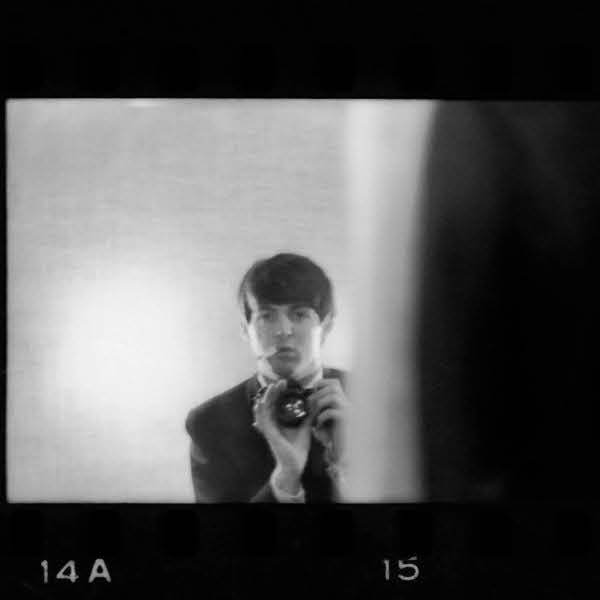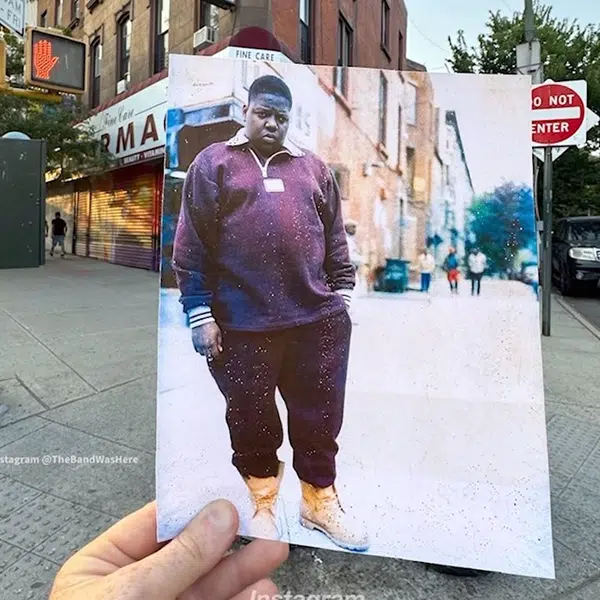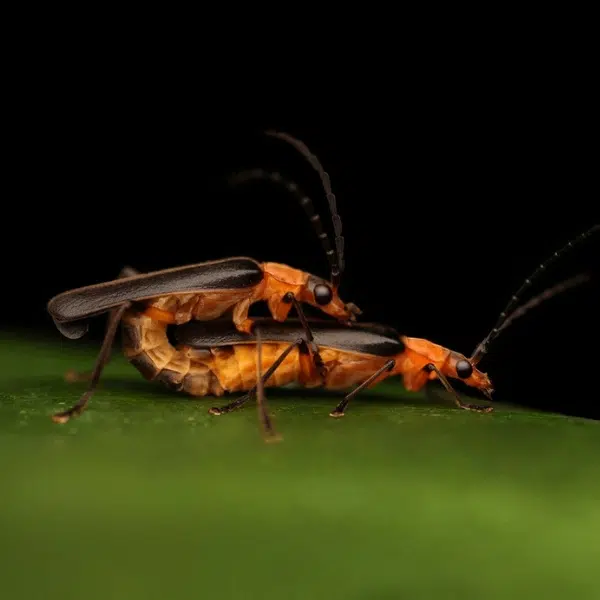
Microphotography opens up an invisible world, one that goes undetected by the naked eye. Nikon Small World is a leading forum for microphotography and their annual photomicrography competition highlights the best images in the genre. This year's winners were recently announced after scientists, photographers, and hobbyists from 70 countries submitted more than 2,000 entries. For this 42nd edition, Dr. Oscar Ruiz was victorious for his photography of a 4-day-old zebrafish embryo. Based in Texas, Ruiz uses the zebrafish to study genetic mutations that lead to facial abnormalities such as cleft lip and palate in humans. His image was the perfect balance of artistic quality and scientific research that the competition's judges look for. Ruiz created his photograph by developing innovative techniques to capture time-lapse images of the evolving zebrafish face.
Not all the winning images depict living organisms, though. Second place winner Douglas L. Moore, Emeritus Curator at the Museum of Natural History at the University of Wisconsin Stevens Point, has long been fascinated by agate. His image is a colorfully composed shot of a polished slab of Teepee Canyon agate. “That such beauty and detail could be locked in a 273-million-year-old rock amazes me,” he shares. From wildflower stamens to espresso bean crystals, the winning entries artfully capture the world in miniature.
“Whether an image provides a rare glimpse into cutting-edge medical research as we saw from our first place winner, or reveals a fun ‘too-close-for-comfort’ look into the eyes of a spider like one of our Images of Distinction, each evokes a powerful reaction from our judges. Every year we’re looking for that image that makes people lean forward in their seats, sparks their curiosity and leads them to ask new questions,” explains Eric Flem, Communications Manager, Nikon Instruments. “Nearly 100 years of microscopy has paved the way for the evolving technology and innovative techniques that continue to raise the bar of this competition.”
Top images from the competition will be available in a full-color calendar and as part of a traveling museum exhibition. See more of the winners on the Nikon Small world website.
Above image: 1st Place. Dr. Oscar Ruiz. Four-day-old zebrafish embryo. 10x.

Image of Distinction. Yousef Al Habshi. Eyes of a jumping spider (Hasarius adansoni). 9x.

2nd Place. Douglas L. Moore. Polished slab of Teepee Canyon agate. 90x.

3rd Place. Rebecca Nutbrown. Culture of neurons (stained green) derived from human skin cells, and Schwann cells, a second type of brain cell (stained red). 20x.

4th Place. Jochen Schroeder. Butterfly proboscis. 6.3x.

5th Place. Dr. Igor Siwanowicz. Front foot (tarsus) of a male diving beetle. 100x.

6th Place. Marek Mis. Air bubbles formed from melted ascorbic acid crystals. 50x.

7th Place. Dr. David Maitland. Leaves of Selaginella (lesser club moss). 40x.

8th Place. Samuel Silberman. Wildflower stamens. 40x.

9th Place. Vin Kitayama and Sanae Kitayama. Espresso coffee crystals.

10th Place. Rogelio Moreno Gill. Frontonia (showing ingested food, cilia, mouth and trichocysts). 200x.

11th Place. Francis Sneyers. Scales of a butterfly wing underside (Vanessa atalanta). 10x.

12th Place. Dr. Dylan Burnette. Human HeLa cell undergoing cell division (cytokinesis). DNA (yellow), myosin II (blue) and actin filaments (red). 9x.

13th Place. Walter Piorkowski. Poison fangs of a centipede (Litius erythrocephalus). 16x.

14th Place. Dr. Keunyoung Kim. Mouse retinal ganglion cells. 40x.

15th Place. Geir Drange. Head section of an orange ladybird (Halyzia sedecimguttata). 10x.















































































